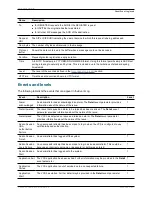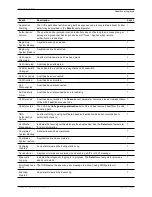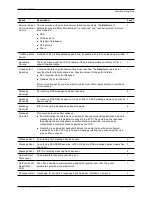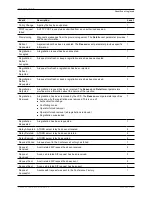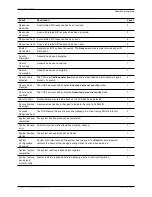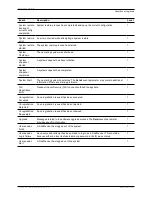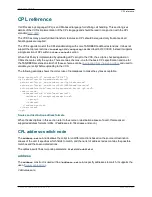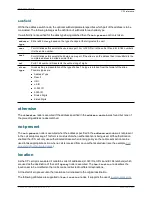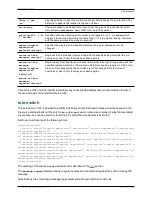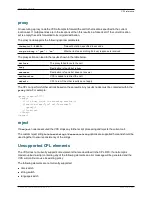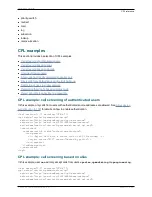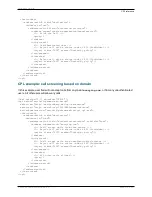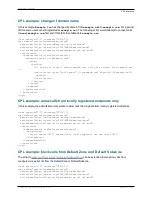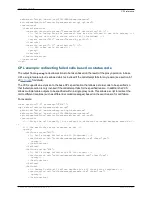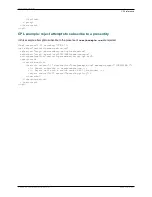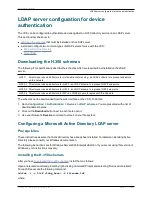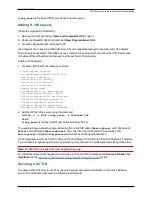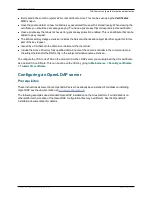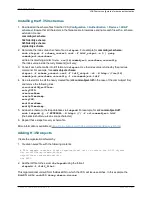
<taa:routed>
<address-switch field="registered-origin">
<not-present>
<address-switch field="originating-zone">
<address is="DefaultZone">
<!-- Reject call with a status code of 403 (Forbidden) -->
<reject status="403" reason="Denied by policy"/>
</address>
<address is="DefaultSubZone">
<!-- Reject call with a status code of 403 (Forbidden) -->
<reject status="403" reason="Denied by policy"/>
</address>
<otherwise>
<proxy/>
</otherwise>
</address-switch>
</not-present>
</address-switch>
</taa:routed>
</cpl>
CPL example: restricting access to a local gateway
In these examples, a gateway is registered to the VCS with a prefix of 9 and the administrator wants to stop
calls from outside the organization being routed through it.
This can be done in two ways: using the
address-switch
node or the
taa:rule-switch
node.
Examples of each are shown below.
Using the address-switch node
<?xml version="1.0" encoding="UTF-8" ?>
<cpl xmlns="urn:ietf:params:xml:ns:cpl"
xmlns:taa="http://www.tandberg.net/cpl-extensions"
xmlns:xsi="http://www.w3.org/2001/XMLSchema-instance"
xsi:schemaLocation="urn:ietf:params:xml:ns:cpl cpl.xsd">
<taa:routed>
<address-switch field="destination">
<address regex="9(.*)">
<address-switch field="originating-zone">
<!-- Calls coming from the traversal zone are not allowed to use this gateway -
->
<address is="TraversalZone">
<!-- Reject call with a status code of 403 (Forbidden) -->
<reject status="403" reason="Denied by policy"/>
</address>
</address-switch>
</address>
</address-switch>
</taa:routed>
</cpl>
Using the taa:rule-switch node
<?xml version="1.0" encoding="UTF-8" ?>
<cpl xmlns="urn:ietf:params:xml:ns:cpl"
xmlns:taa="http://www.tandberg.net/cpl-extensions"
Cisco VCS Administrator Guide (X8.1.1)
Page 374 of 507
Reference material
CPL reference

